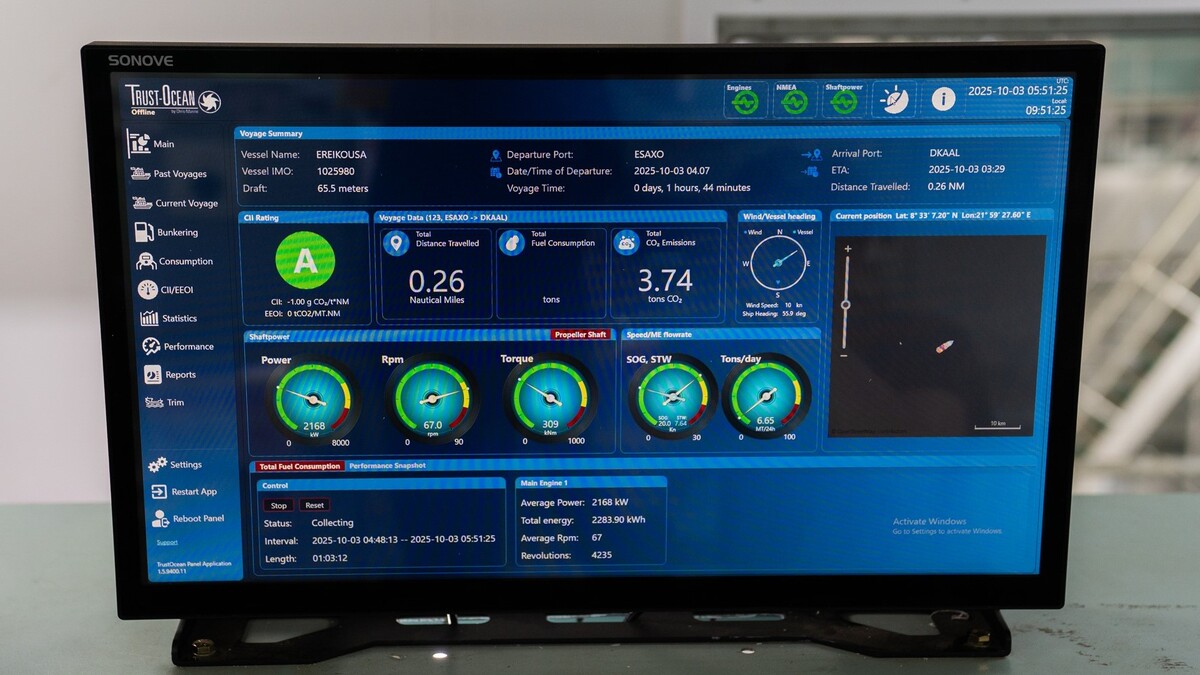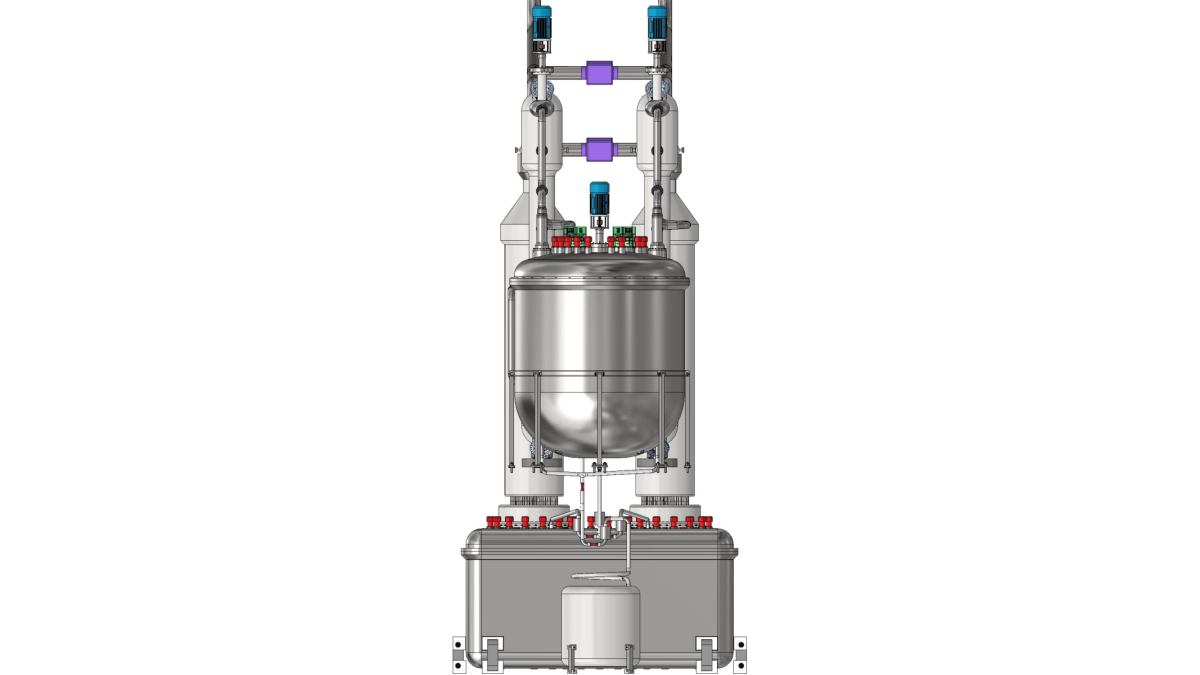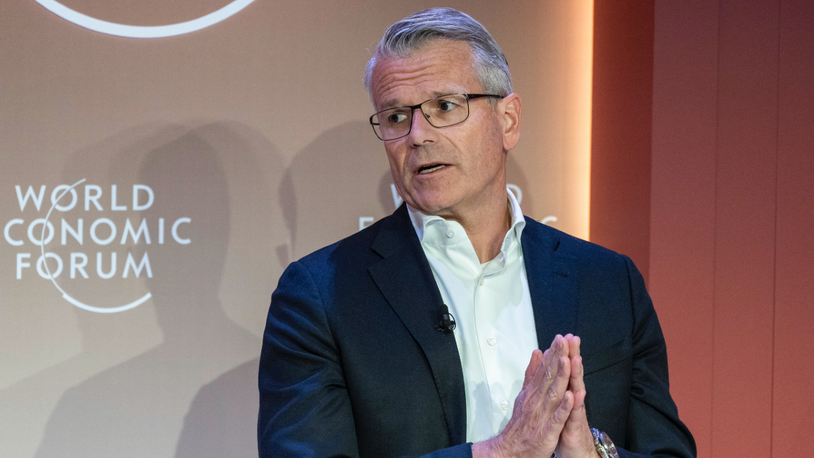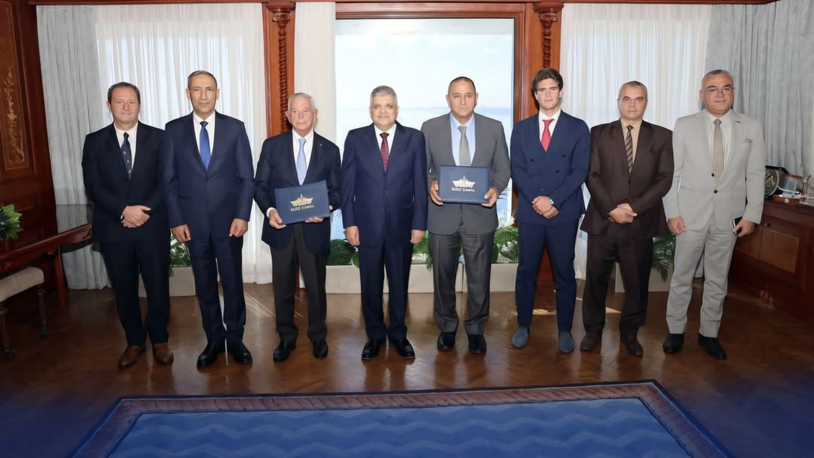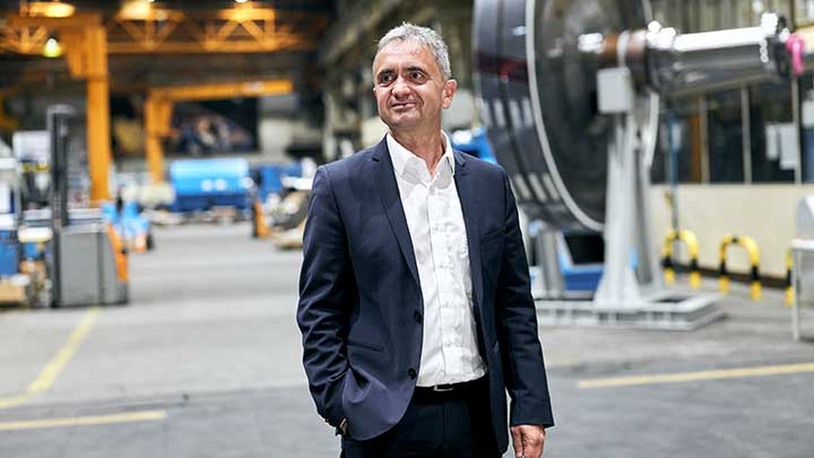Business Sectors
Contents
Nuclear-powered LNG carrier design receives initial approval
Samsung Heavy Industries (SHI) and the Korea Atomic Energy Research Institute (KAERI) jointly developed a concept design for small modular reactor-driven LNG carrier
US-based classification society American Bureau of Shipping (ABS) and the Liberia flag state have awarded approval in principal (AiP) to a nuclear powered LNG carrier design jointly developed by South Korea’s Samsung Heavy Industries shipyard and the South Korean government’s atomic energy research institute.
SHI debuted the concept design for a small modular reactor (SMR) at Gastech 2025 in Milan, Italy, while KAERI published details of the design on its website. The two organisations partnered on both the ship design and the design of the SMR.
The SMR used in the nuclear-powered LNG carrier design is a molten-salt reactor (MSR). According to many involved in their development, MSRs are safe, efficient and operationally proven solutions that work by dissolving elements such as thorium – an abundant, naturally occurring metal with low radioactivity – in liquid salt. The ensuing chain reaction heats the salt, producing steam to drive a turbine and create electricity. Although SMR developments on land are well documented, the technology’s potential for delivering clean maritime power has only been incorporated into a handful of vessel designs.
According to KAERI and SHI, their MSR design uses molten salt mixed with nuclear fuel and coolant as liquid nuclear fuel, and, for LNG carrier propulsion, is designed to have a capacity of 100 MW and to eliminate the need for fuel replacement during the life of the vessel even if only one unit is installed. The two organisations are participating as lead research and development institutions in South Korea’s MSR Source and Innovation Technology Development Project, with support from the Ministry of Science and the Ministry of Oceans and Fisheries.
Scope for SMR propulsion in maritime
Nuclear power could potentially power zero-emissions ships and be used to produce e-fuels, and SHI rival South Korean shipyard group Korea Shipbuilding & Offshore Engineering also has its sights set on developing SMRs for use on commercial newbuilds. It struck a deal in February 2024 to do just that with technology providers TerraPower -- founded by Bill Gates in 2008 -- and Core Power using SMRs based on TerraPower’s molten chloride fast reactor design.
China, too, has been active in developing maritime applications for SMRs. At the Marintec China maritime exhibition in Shanghai in December 2023, China State Shipbuilding Corp’s Jiangnan Shipyards unveiled a molten-salt nuclear reactor-driven 24,000-TEU box ship design.
And a nuclear-powered concept that garnered industry attention in 2022 from Ulstein Group was featured during a presentation at a Riviera Maritime Media conference in early 2023 by chief designer Øyvind Gjerde Kamsvåg.
In late April 2022, Ulstein published a concept design for a vessel powered by a thorium molten salt reactor (MSR) that could, in theory, enable zero-emissions cruise operations by operating as a mobile power charging station for battery-driven cruise ships.
Named Ulstein Thor, the 149-m 3R (replenishment, research and rescue) design’s MSR would generate excess electricity. This would allow the vessel to operate as a mobile power charging station for battery-driven cruise ships.
To demonstrate its feasibility, Ulstein developed the Ulstein Sif concept, a 100-m, 160-person, 80-passenger capacity, zero-emissions expedition cruise ship. The Ice Class 1C vessel is designed with a future generation of batteries that would allow for longer operation times, and the vessel would use Thor’s excess MSR energy to recharge while at sea.
Ulstein believes the concept design may represent a missing piece in the zero-emissions puzzle for a broad range of maritime and ocean industry applications, but that it "comes down to scaleability, size and capacity".
In terms of the timeline, Mr Kamsvåg said the company believes the technology could be available in five years and implemented in 10 years.
"But it’s all about incentives," he said.
"We expect flag states will be the pioneers. We see there are a lot of possibilities and obstacles. If there’s enough motivation, if the incentives are there, it can happen," he said.
And in July 2025, proponents of nuclear power for the commercial maritime sector, NEMO, were granted consultative status with the International Atomic Energy Agency and International Maritime Organization (IMO). One of the goals of NEMO is to work with IMO to establish a set of standards for using nuclear power on board commercial vessels. Additionally, the London-based NGO wants to work with IMO and the International Atomic Energy Agency to develop standards for floating nuclear power plants that can operate offshore or in coastal areas. Recent efforts have been aimed at potentially using modular reactors to decarbonise oil and gas production.
Among those joining NEMO is US-based SMR company TerraPower, nuclear reactor power plant company Westinghouse EC and Danish MSR company Seaborg.
Riviera’s LNG Shipping & Terminals Conference will be held in London on 21-22 October 2025. Use this link to register your interest and attend the event.
Related to this Story
Events
International Bulk Shipping Conference 2025
Tankers 2030 Conference
Maritime Navigation Innovation Webinar Week
© 2024 Riviera Maritime Media Ltd.

